What is the maximum size of aluminum extrusion?
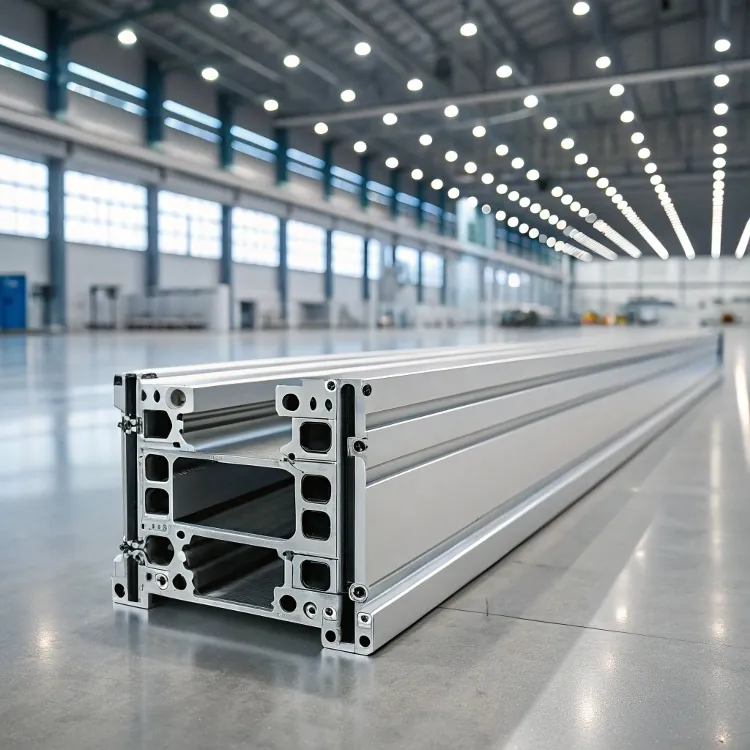
If you’re designing a large aluminum structure, size limitations can derail your plans quickly.
The maximum size of aluminum extrusion depends on the press capacity—most commercial presses handle up to 600mm widths, but custom solutions can go beyond that.
When your design needs to push the size limits, understanding what controls those limits is crucial.
How to determine aluminum extrusion size?
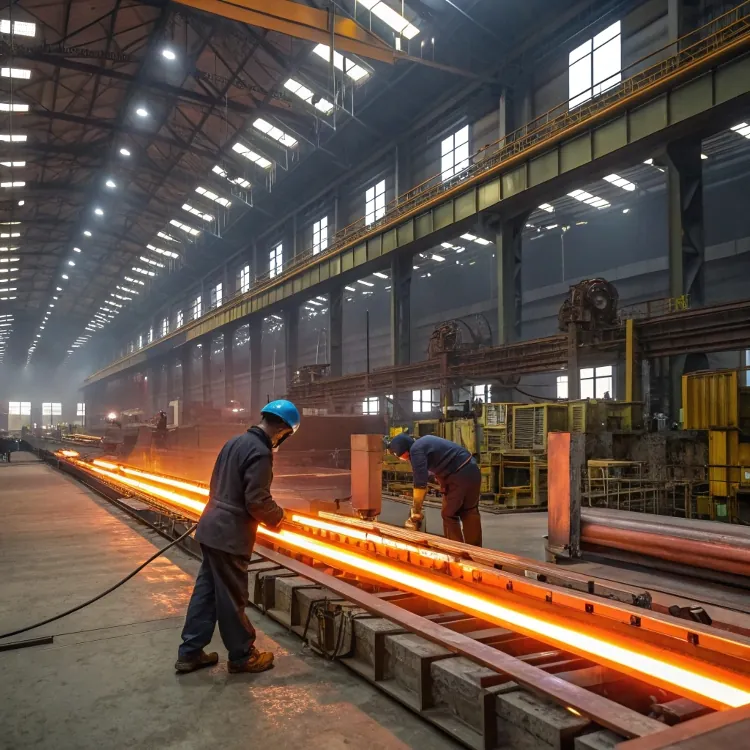
Your extrusion project will fail if the size doesn’t match your end-use. Many designers face delays because of miscalculated size requirements.
To determine extrusion size, consider wall thickness1, profile shape, alloy type, and the capacity of your extrusion supplier’s press.
Designing for aluminum extrusion starts with understanding your limits. The size you can achieve depends on both design intent and manufacturing capacity. I often start by reviewing the maximum cross-section my factory’s 8 extrusion lines can handle. For example, with 2000–3600 ton press machines, we routinely extrude up to 400mm profiles.
Key Factors in Sizing
| Factor | Description |
|---|---|
| Alloy type | 6063-T5 and 6061-T6 handle different shapes and sizes |
| Wall thickness | Thinner walls may buckle under load; thicker adds cost |
| Press capacity | Determines the maximum circumscribing circle diameter |
| Design complexity | More cavities increase die stress and limit size |
| Finish and tolerance | Precision work may reduce maximum allowable size |
Common Sizing Practice
Start with your application. Is it structural? Is it decorative? Is CNC machining required afterward? For example, our customers in the solar panel frame business prioritize lightweight but long profiles—so we guide them to slender, streamlined shapes under 300mm.
I recommend always asking for a “maximum circumscribing circle diameter” when dealing with any supplier. This ensures your design won’t be rejected after the drawing stage.
What is the maximum elongation of aluminum?
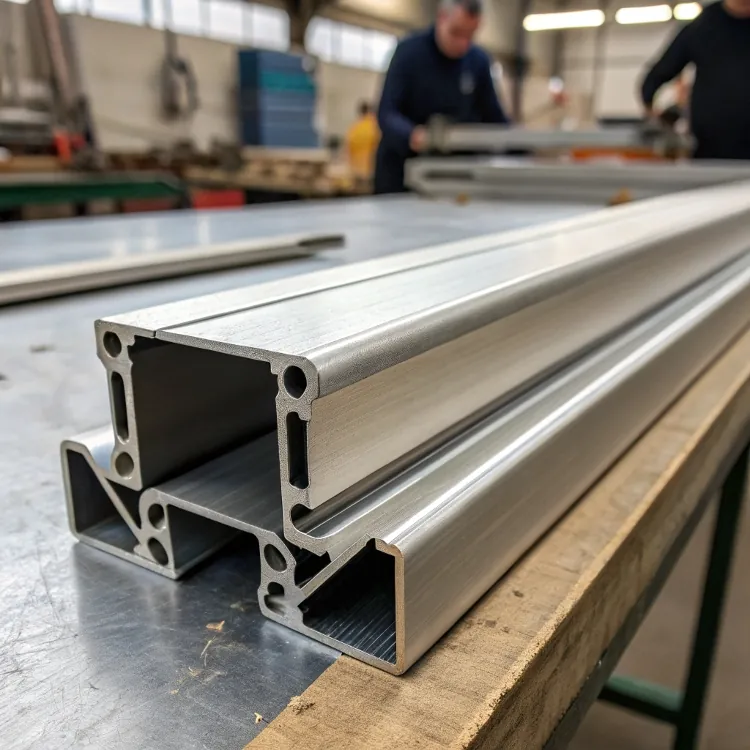
Many people mistake strength for flexibility. But for extrusion, knowing how far aluminum can stretch matters more.
Maximum elongation depends on the alloy—6063-T5 has around 10%, while softer variants like 1100 can reach up to 50%.
Elongation reflects ductility2. It tells us how much deformation a profile can handle before breaking. I pay close attention to this when producing components for clients in construction and lighting, where bending and shaping are often required post-extrusion.
Elongation by Alloy
| Alloy | Temper | Typical Elongation |
|---|---|---|
| 6061-T6 | Hardened | 10–12% |
| 6063-T5 | Medium strength | 8–10% |
| 1100-O | Soft | Up to 50% |
| 7075-T6 | High strength | 5–11% |
Practical Application
Elongation matters when we handle post-processing. For instance, in bent railing systems or curved lighting enclosures, elongation allows forming without cracks. I always advise engineers to use softer tempers for any profile that needs to be bent or shaped later. You lose some tensile strength, but gain formability.
What limits the size of an extrusion?
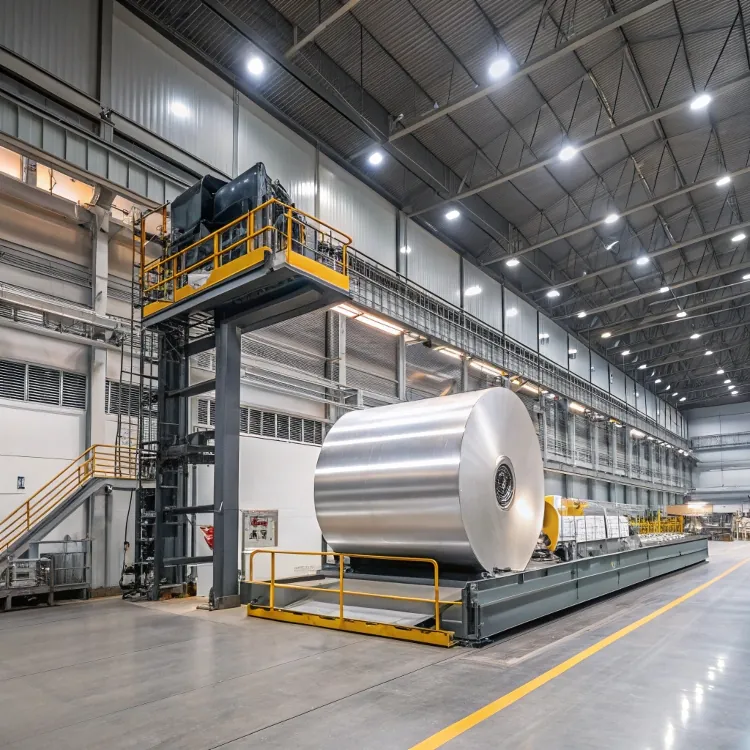
Have a big idea? If it doesn’t fit your supplier’s press, it stays on paper.
Extrusion size is limited by press capacity3, die strength4, cooling ability3, and alloy type.
Even though we love to say “custom profiles are welcome,” we can’t change physics. The aluminum billet must fit inside the press container. For example, at Sinoextrud, our max press supports a profile up to 400mm. This comes from the press’s tonnage and the circumscribing circle it can manage.
Main Limiting Factors
1. Circumscribing Circle
The circumscribing circle is the smallest circle that can contain the profile. If this circle exceeds the press size, extrusion is impossible.
2. Die Design
Large dies are expensive, fragile, and need advanced machining. High-complexity shapes further stress the die.
3. Cooling and Handling
Larger extrusions need more controlled cooling. Sudden changes in temperature can warp the shape. Also, post-extrusion handling and storage must support the length and size.
4. Alloy Strength
Some alloys, especially harder ones like 7075, require more force to extrude. This reduces the achievable size.
By balancing size with simplicity, we help clients maximize their design freedom. When someone needs a larger profile, we sometimes suggest splitting the design into two profiles that can be joined after extrusion.
How much can aluminum extrusion hold?
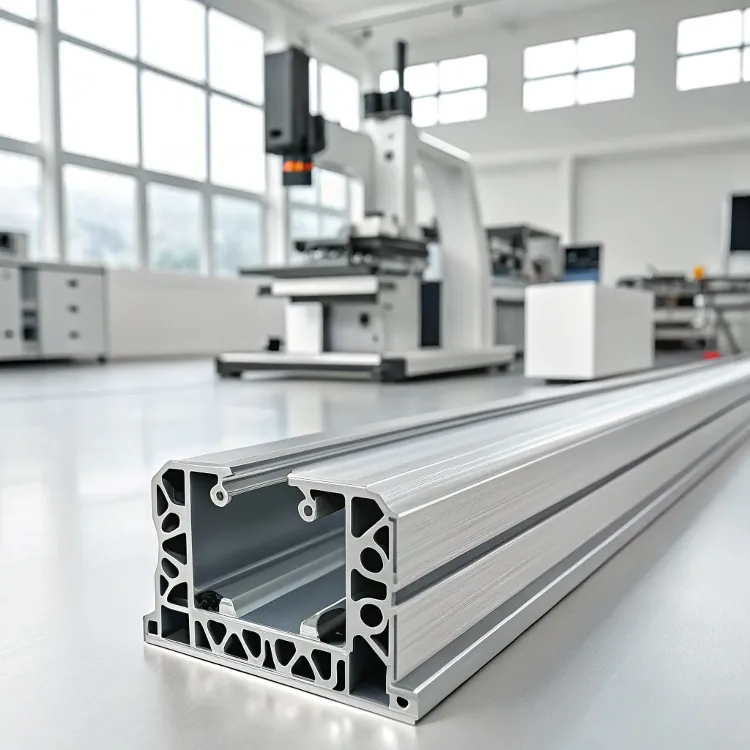
If your profile bends too early, it’s not just a design failure—it’s a business failure.
Aluminum extrusions can handle loads ranging from 100 kg to several tons, depending on alloy, wall thickness, and profile design5.
I often get asked this by buyers in machinery or precision equipment sectors. The answer always comes down to engineering—load-bearing capacity6 must be calculated based on the profile’s moment of inertia, span length, and alloy type.
Factors That Affect Load-Bearing
1. Alloy and Temper
Stronger alloys like 6061-T6 hold more weight than 6063-T5.
2. Wall Thickness and Shape
A hollow rectangle holds more load than a thin flat bar. Triangular reinforcements inside the profile increase strength without much added weight.
3. Span Length
The longer the unsupported span, the more bending occurs. A short, thick profile can hold more than a long thin one.
Example Load Chart (for reference only)
| Profile Type | Alloy | Wall Thickness | Span | Max Load |
|---|---|---|---|---|
| Box 100×100 | 6061-T6 | 4mm | 1m | \~500 kg |
| Channel C120 | 6063-T5 | 3mm | 1m | \~250 kg |
| Solid Rod ?50 | 6061-T6 | Solid | 0.5m | \~800 kg |
Structural Design Tips
Always model the profile in CAD and simulate the stress loads. We often use ANSYS or SolidWorks to test mechanical behavior before mass production. Our technical team supports this by offering section modulus data, bending moment calculations, and reinforcement advice.
Conclusion
Aluminum extrusion size, strength, and flexibility are all driven by press limits, alloy choice, and profile design. Knowing these helps you plan better and avoid costly redesigns.
-
Wall thickness is a critical factor in aluminum extrusion that impacts strength and cost. Learn more about its importance in this informative link. ↩
-
Exploring ductility provides insights into material behavior under stress, crucial for engineers and designers in various industries. ↩
-
Learning about cooling ability can enhance your knowledge of how temperature control affects extrusion outcomes and product integrity. ↩ ↩
-
Exploring die strength will help you grasp its impact on extrusion quality and the feasibility of complex designs. ↩
-
Profile design significantly impacts performance; learning more can help optimize your projects and avoid failures. ↩
-
Calculating load-bearing capacity is essential for structural integrity; explore this to enhance your engineering knowledge. ↩



